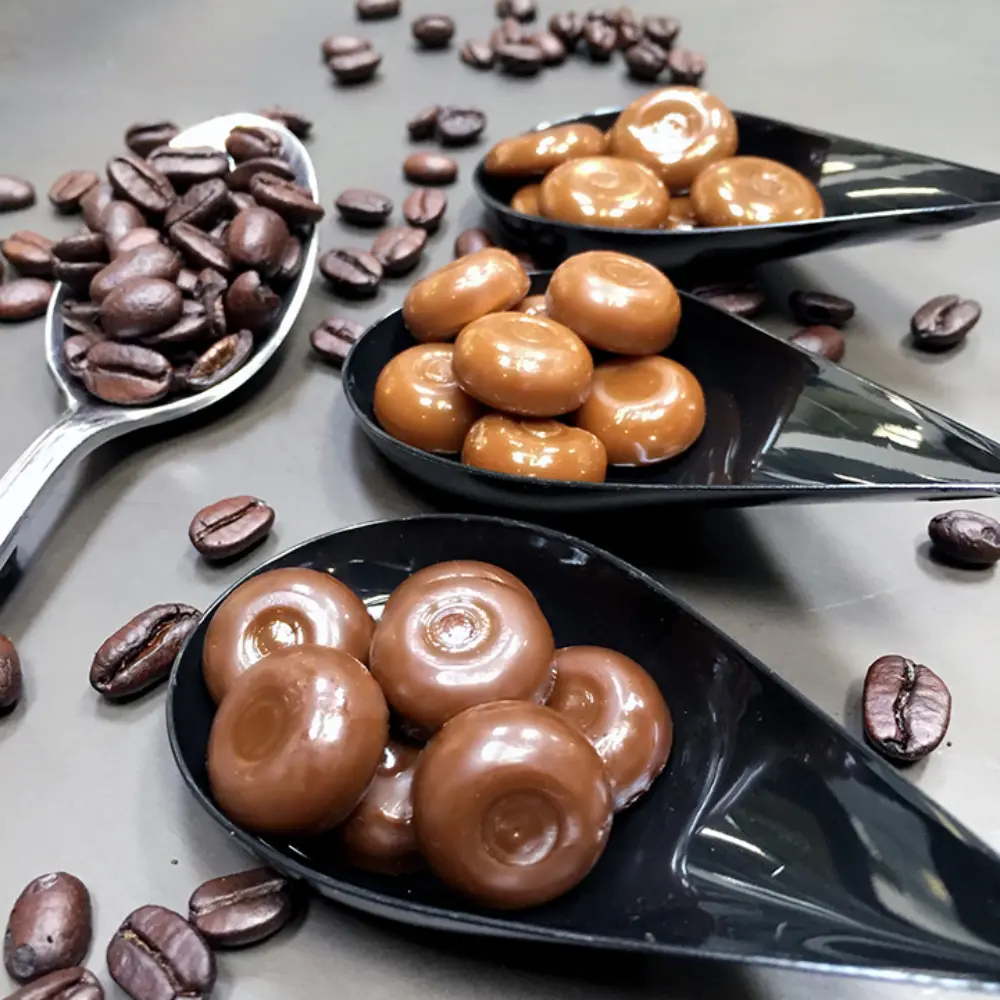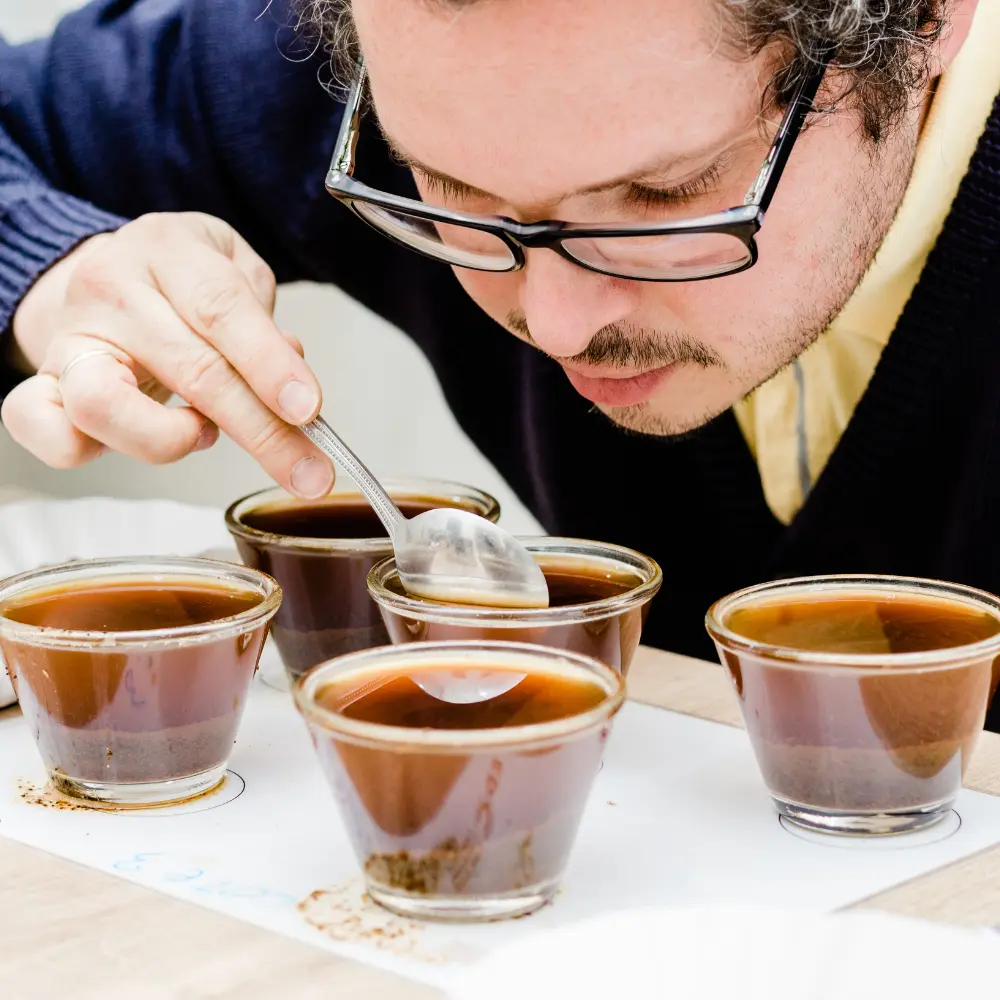In the realm of coffee, there is an inexhaustible world of unexplored novelties waiting to be discovered. Each holds within it a unique history, an unparalleled flavor, and an inextricable link to a particular culture. Among these precious gems lies Torrefacto coffee – a Spanish classic boasting of a roasting technique that has been venerated for generations. This all-encompassing guide aims to uncover the enigmas of Torrefacto, taking you on a journey that scrutinizes its fascinating origins, the virtuosity required to curate this delectable concoction and its influence on the Spanish coffee culture.
From the hustle and bustle of Madrid’s coffee shops to the quaint coastal towns of Andalusia, Torrefacto has been a staple in Spain for several decades. The hallmark roasting process, which entails enveloping the beans in sugar, culminates in an unparalleled coffee experience. This guide aims to plunge into the intricacies that make Torrefacto distinctive, the science behind its peculiar caramelization process, and even equip you with the knowledge to brew a flawless cup from the comfort of your home.
So, grab your cherished coffee mug and get ready to be swept away by the fascinating world of Torrefacto coffee. By the end of this adventure, you’ll not only harbor a newfound appreciation for this Spanish classic but also possess the acumen and know-how to disseminate its rich heritage to others. Welcome to the mesmerizing universe of Torrefacto, let the odyssey commence!
Torrefacto Coffee: Key Takeaway
- Torrefacto is a unique Spanish coffee roasting method that involves coating coffee beans in sugar during roasting, creating a bold, caramelized, and slightly bitter flavor profile.
- The Torrefacto roasting process has deep historical roots in Spain and has evolved, playing a significant role in shaping Spanish coffee culture.
- Brewing the perfect cup of Torrefacto requires attention to bean selection, brewing technique, water temperature, and brew time, with various brewing methods offering different taste experiences.
- The future of this coffee lies in promoting sustainability and ethical practices, embracing innovation, and preserving its cultural heritage, which will ensure its continued growth and appreciation worldwide.
- Torrefacto, like all types of coffee, can have both positive and negative effects on health, with moderation and mindful consumption being key factors in enjoying this unique coffee experience without significant health risks.
A Brief History of Torrefacto Coffee
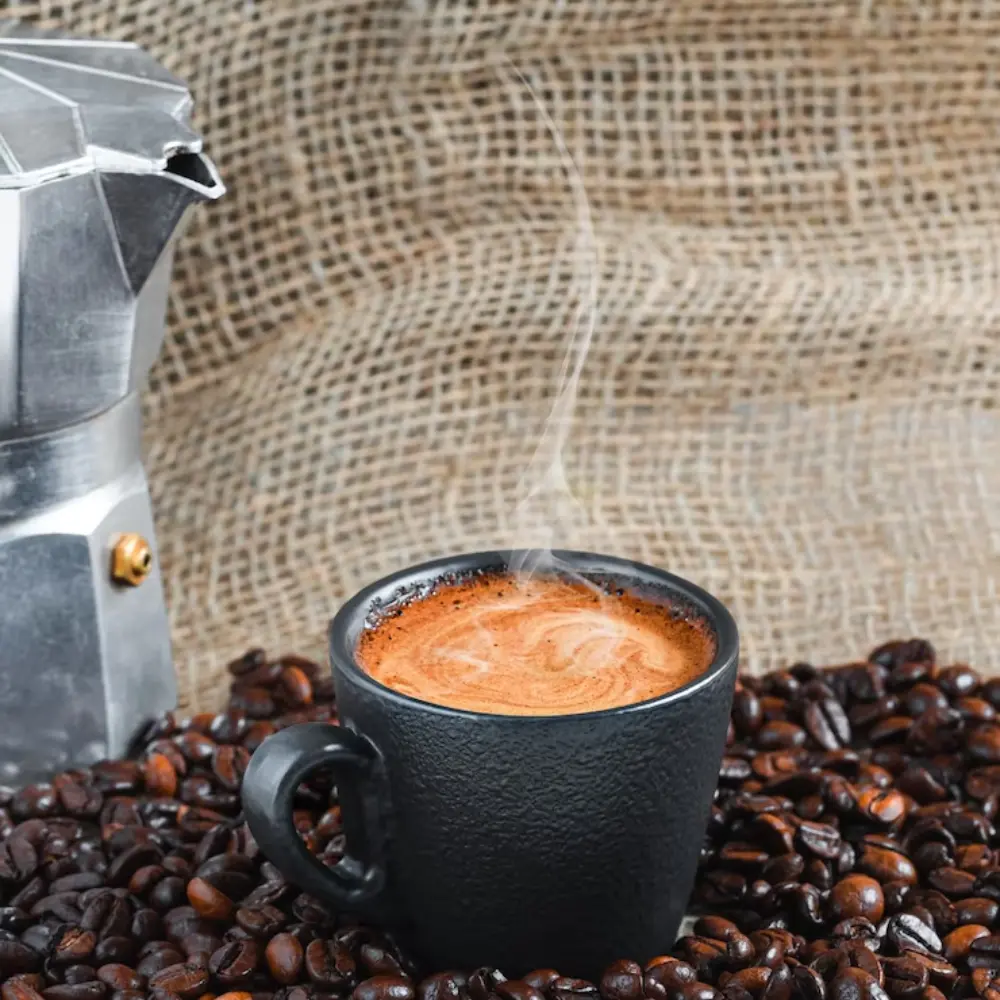
The story of Torrefacto coffee is deeply rooted in the history and culture of Spain. This distinct roasting method has evolved, and understanding its origins and role in Spanish coffee culture is essential to truly appreciate the unique experience it offers.
Origins of Torrefacto in Spain

The practice of Torrefacto coffee roasting dates back to the 19th century in Spain. The purpose behind this practice was to increase the shelf life of coffee beans, making them less susceptible to moisture, mold, and other forms of spoilage. The sugar coating created a protective layer around the beans, and the result was a longer-lasting product with a distinct caramelized flavor. (1)
The Role of Torrefacto in Spanish Coffee Culture
The introduction of Torrefacto coffee roasting had a significant impact on Spanish coffee culture. This unique roasting method quickly became a favorite among the Spanish population, as it offered a bold and intense flavor profile that was unlike anything else on the market. Furthermore, the longer shelf life of Torrefacto beans made it easier for coffee shops and households alike to maintain a steady supply of high-quality coffee.

Over time, the Torrefacto method became synonymous with Spanish coffee, and it played a significant role in shaping the way coffee was consumed in the country. In Spain, coffee is typically enjoyed in small quantities throughout the day, with Torrefacto beans being used to create a range of traditional coffee beverages.
The Evolution of Torrefacto Over Time
As coffee culture continued to evolve in Spain, so did the Torrefacto roasting method. The popularity of Torrefacto coffee persisted, and the technique became a proud part of Spain’s cultural identity, and it continued to be passed down through generations of coffee roasters.

Today, Torrefacto can be found in various forms, ranging from artisanal small-batch productions to mass-produced blends available in supermarkets. The sugar content of these beans can also vary, with some roasters opting for a lighter coating, while others maintain a more traditional, heavier sugar content. Despite these changes, the essence of this coffee remains true to its roots, offering a unique taste that continues to captivate both locals and visitors alike.
The Unique Torrefacto Roasting Process

One of the hallmarks that distinguish Torrefacto from other varieties is its exceptional roasting process. This technique involves the incorporation of sugar while roasting the beans, which results in a flavor profile and texture that are matchless. To comprehend the enticement of this coffee, let’s unravel the nuances of this inimitable roasting method.
Understanding the Sugar Coating Technique
The Torrefacto roasting process commences with the meticulous selection of coffee beans. These beans are then amalgamated with a particular quantity of sugar. The sugar is uniformly dispersed among the beans to ensure a consistent coating.
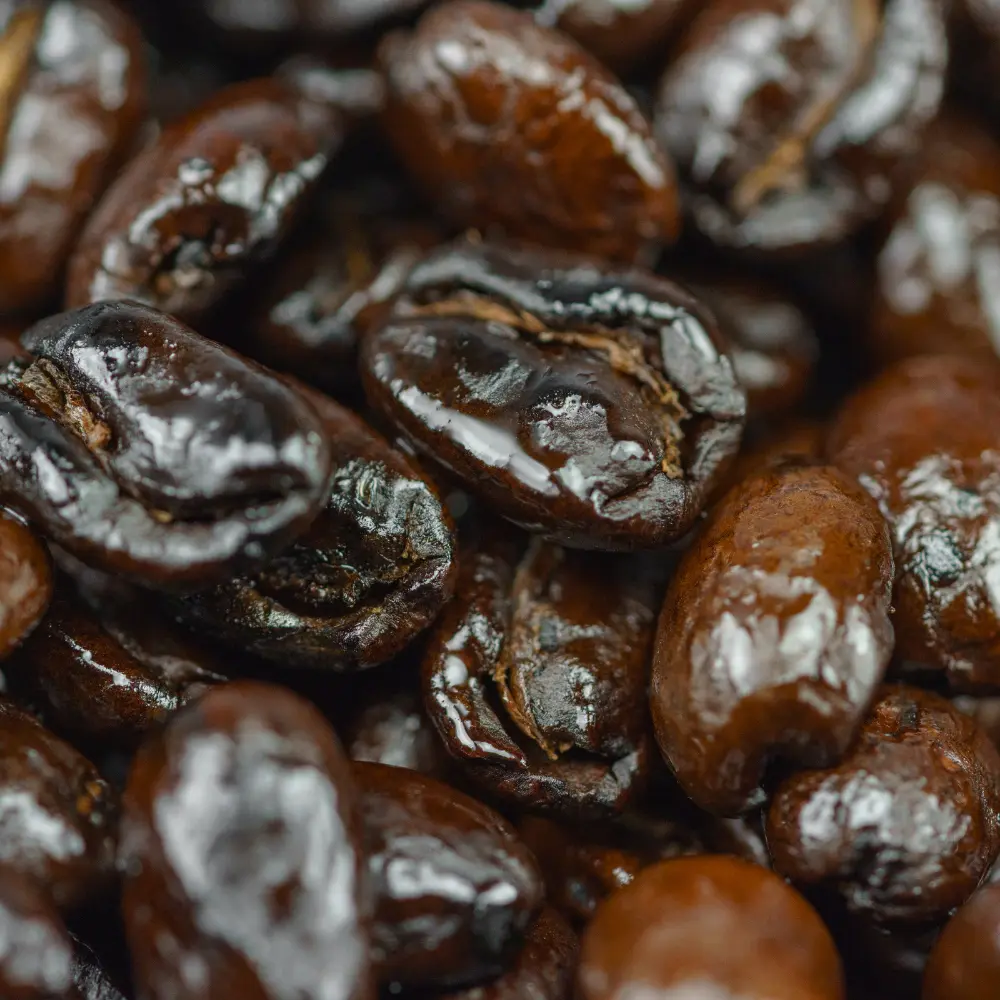
Subsequently, the beans are shrouded in sugar and placed in a roasting machine where they are exposed to elevated temperatures. The heat induces the sugar to liquefy and caramelize, developing a shiny, dark exterior on the surface of the beans. This safeguarding layer not only prolongs the shelf life of the beans but also confers the distinctive bold and caramelized flavor that characterizes Torrefacto.
The Science Behind the Caramelization Process
The Torrefacto roasting process triggers a series of chemical reactions in the sugar coating as it liquefies and caramelizes. These reactions generate a variety of flavor compounds that contribute to the characteristic taste and fragrance of this coffee.

The Maillard reaction, which occurs between the sugar and the proteins in the coffee beans, is responsible for forming intricate flavors and aromas, such as toasted bread, nuts, and caramel. The caramelization of sugar also imparts a marginally bitter taste, which balances the inherent acidity and fruitiness of the coffee beans. (2)
In essence, the caramelization process adds profundity and potency to the flavor profile of this coffee, engendering a distinctive and robust brew that entices those who relish dark roasted coffee.
Artisan vs. Industrial Torrefacto Production
There are two primary modes of Torrefacto production: artisanal and industrial. Artisanal Torrefacto roasting usually occurs in petite, independent coffee shops and roasters, where adept artisans meticulously roast modest batches of beans to ensure optimum flavor and quality. This hands-on approach allows for greater regulation over the roasting process and often culminates in a more refined and intricate flavor profile.
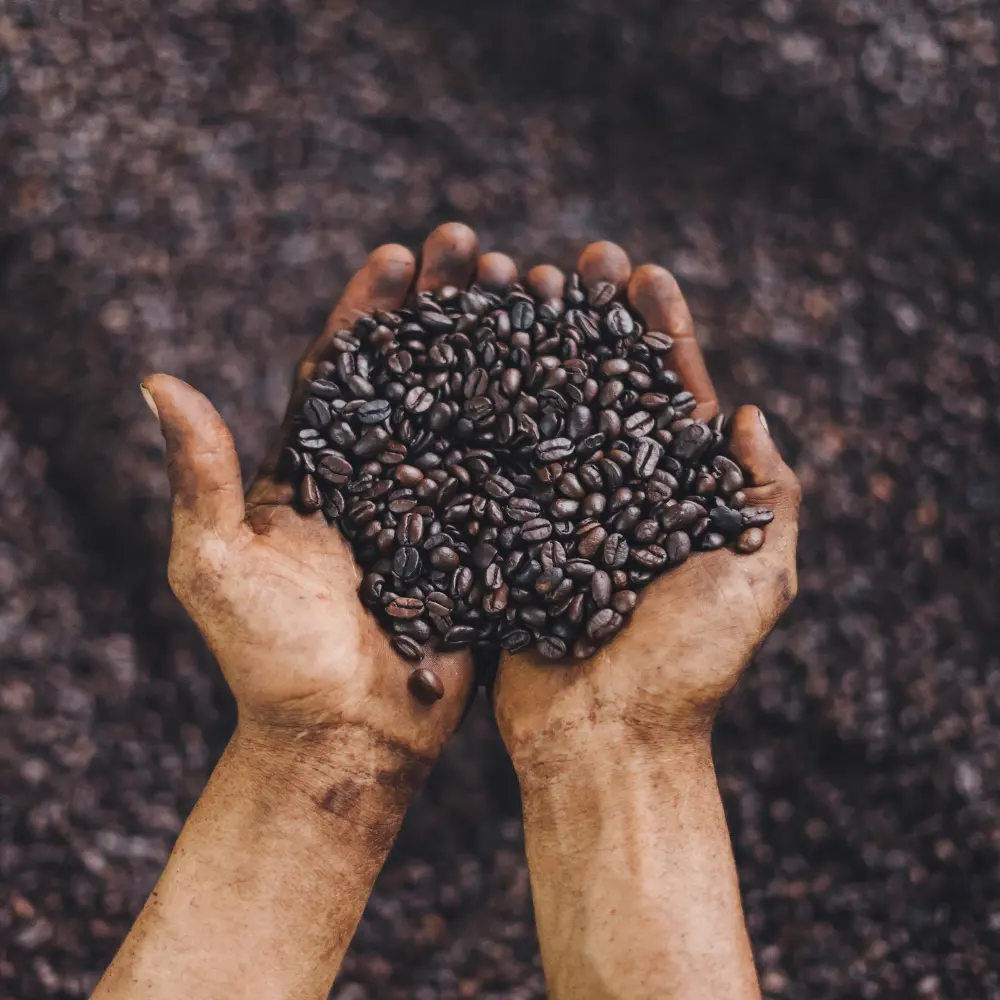
On the other hand, industrial Torrefacto production entails large-scale roasting facilities that churn out significant quantities of coffee for dissemination in supermarkets and other retail outlets. The industrial process is usually more mechanized, with less control over individual batches. This can sometimes lead to a less uniform flavor profile, although advancements in technology and quality control have helped to mitigate these disparities.
Both artisanal and industrial Torrefacto production possess their own distinctive merits, and the selection between the two typically hinges on personal predilection and convenience. Irrespective of the source, however, Torrefacto continues to captivate those who savor its bold, caramelized flavor and its profound association with Spanish culture.
Torrefacto Coffee Flavor Profile

Torrefacto’s unique roasting process results in a flavor profile that is both bold and complex. To fully appreciate the depth and nuance of this Spanish classic, it’s essential to explore its tasting notes, aroma, and the influence of sugar content on its flavor. Additionally, understanding how to pair Torrefacto coffee with foods and desserts can elevate the overall experience.
Tasting Notes and Aroma
This coffee is known for its rich, full-bodied flavor and low acidity. The caramelized sugar coating imparts a signature boldness to the coffee, with tasting notes often described as dark chocolate, toasted nuts, and caramel. The aroma is equally complex and enticing, featuring hints of smoke, roasted nuts, and dark cocoa.

The combination of these bold flavors and enticing aromas creates a truly unique and captivating coffee experience that is distinct from Torrefacto roasting.
The Influence of Sugar Content on Flavor
The quantity of sugar used in the roasting process can significantly affect the ultimate flavor profile of the coffee. A lighter sugar coating will culminate in a more subdued caramelization, permitting the natural flavors of the coffee beans to shine through. This results in a coffee with a more delicate balance of sweetness and bitterness, and a milder, smoother finish.
In contrast, a denser sugar coating will trigger a more pronounced caramelization, intensifying the bold, bitter flavors that are linked with Torrefacto coffee. This creates a more robust and powerful brew, with a stronger emphasis on dark chocolate and toasted nut notes.
Ultimately, the decision of sugar content in this coffee is a matter of personal preference, and experimenting with diverse degrees of caramelization can aid in discovering the ideal balance for your taste buds.
Pairing Torrefacto Coffee with Foods and Desserts
The coffee’s bold and intricate flavors make it a perfect complement to a broad spectrum of foods and desserts. When pairing Torrefacto coffee with food, consider choosing items that enhance its rich, dark flavors or provide a contrasting element to heighten the overall experience.

For breakfast or brunch, Torrefacto coffee harmonizes well with buttery pastries, such as croissants or ensaimadas, as the opulence of the pastry helps to balance the coffee’s intensity. For savory dishes, endeavor to match this coffee with Spanish tapas or charcuterie boards, as the robust flavors of the coffee can hold up to the robust tastes of cured meats and aged cheeses.
Regarding dessert, Torrefacto coffee is a natural accompaniment to chocolate-based delicacies, such as truffles or indulgent chocolate cake, as the dark, bitter notes of the coffee complement the sweetness and creaminess of the chocolate. Alternatively, consider pairing the coffee with fruit-based desserts, such as tarts or compotes, as the tartness and vivacity of the fruit can provide a delightful contrast to the coffee’s bold, roasted flavors.
By judiciously selecting foods and desserts that complement or contrast with the distinctive flavors of Torrefacto, you can elevate your coffee experience to new heights, engendering unforgettable taste sensations that extol this Spanish classic.
Brewing the Perfect Cup of Torrefacto Coffee

Embarking on the journey of crafting an exceptional Torrefacto experience at home commences with comprehending the pivotal factors that impact the final brew. By handpicking the right beans and blend, mastering vital brewing techniques, and calibrating water temperature and brew time, you’ll be well on your way to relishing the bold and intricate flavors of this coffee in the solace of your abode.
Choosing the Right Coffee Beans and Blend
The initial step in brewing the ideal cup of Torrefacto coffee is to select superior-quality beans with the appropriate sugar content for your taste predilections. As previously discussed, the quantity of sugar employed during the roasting process can significantly influence the final flavor profile of the coffee. Endeavor to experiment with diverse sugar levels to discover the perfect equilibrium of sweetness and bitterness that complements your taste buds.
Moreover, contemplate trying out diverse blends of Torrefacto, as the specific amalgamation of beans can also affect the taste and fragrance. Several conventional Spanish blends fuse Torrefacto-roasted beans with natural-roasted beans to generate a harmonious balance of flavors. Explore various proportions of Torrefacto and natural-roasted beans to fashion a customized blend that spotlights the distinct traits of both roasting methods.
| Preview | Product | |
|---|---|---|

|
100% Torrefacto Whole Bean Coffee | See on Amazon |

|
Whole Bean Mixed Torrefacto Espresso Coffee | See on Amazon |

|
Catunambu Ground Mixed Torrefacto Coffee (8.8 oz/250 gr) | See on Amazon |
Essential Coffee Brewing Techniques
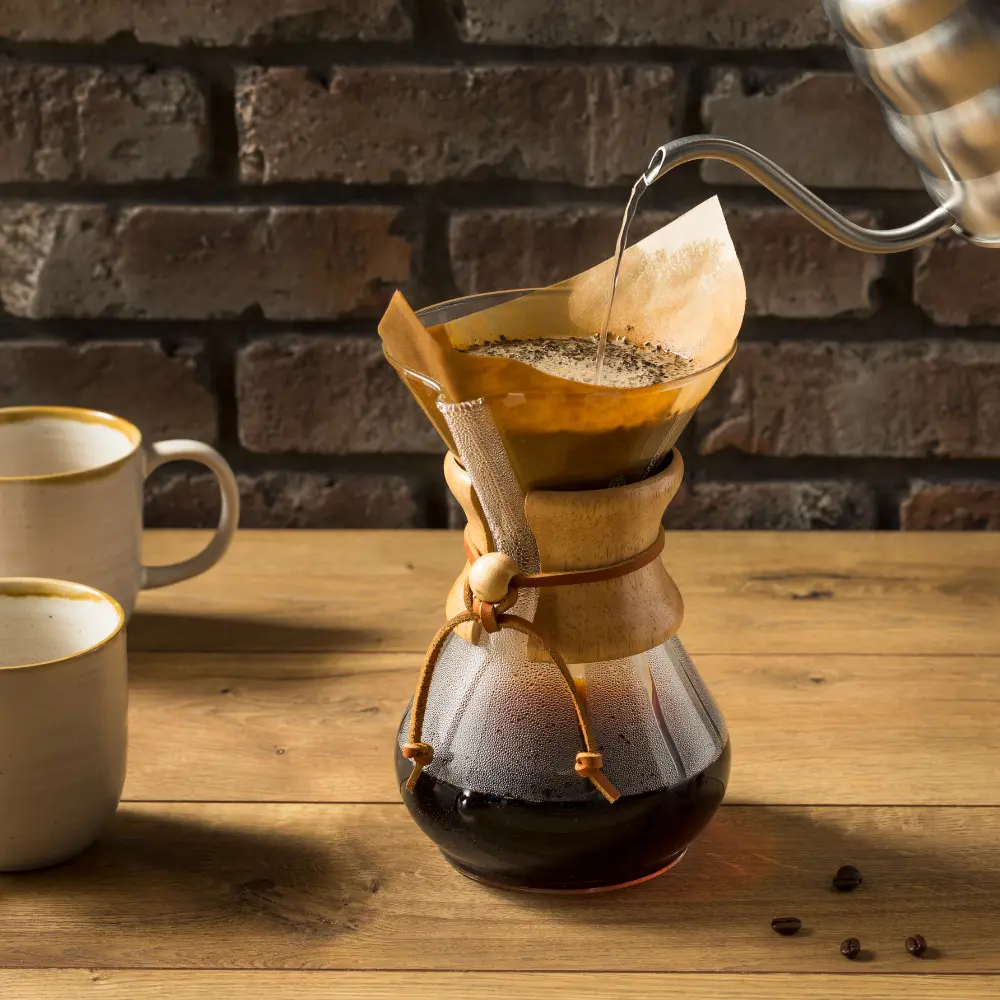
The brewing method you choose can also have a significant impact on the taste and quality of your coffee. Some popular brewing methods for Torrefacto coffee include:
- Espresso: Torrefacto beans can be used to make a rich, bold espresso that highlights the coffee’s intense flavors and low acidity.
- Moka Pot: This stovetop method is popular and can create a strong, concentrated coffee with a thick crema, perfect for traditional Spanish coffee drinks like café con leche and cortado.
- French Press: The French press method allows for a full extraction of Torrefacto coffee’s complex flavors, creating a smooth, full-bodied brew.
- Pour-Over: This manual brewing technique provides precise control over the extraction process, allowing you to tailor the strength and flavor profile of your coffee.
Experiment with different brewing techniques to discover which method best showcases the unique qualities of Torrefacto.
The Impact of Water Temperature and Brew Time
Finally, pay close attention to water temperature and brew time, as these factors play a crucial role in extracting the best flavors from your Torrefacto coffee beans. The ideal water temperature for brewing coffee is typically between 195°F and 205°F. Brewing at this temperature range ensures optimal extraction of the coffee’s flavors and aroma without scalding the beans, which can result in a bitter or burnt taste.
The optimal brew time will vary depending on your chosen brewing method. For example, espresso shots are typically pulled within 25-30 seconds, while a French press requires a 4-minute steeping time. Experiment with different brew times to find the perfect balance of extraction and flavor for your coffee.
By paying close attention to the quality of your beans, mastering essential brewing techniques, and fine-tuning water temperature and brew time, you can create an exceptional cup of Torrefacto coffee that captures the essence of this Spanish classic.
Is Torrefacto Coffee Healthy?
The health implications of Torrefacto coffee have been a topic of discussion among coffee connoisseurs and healthcare professionals alike. Similar to all types of coffee, Torrefacto contains several compounds that can have both favorable and detrimental effects on health. By comprehending these factors, you can make informed decisions about whether Torrefacto is a suitable choice for your lifestyle and health requirements.

One of the primary concerns surrounding this coffee is its sugar content. The addition of sugar during the roasting process contributes to the coffee’s distinctive flavor profile, but it also augments the beverage’s overall caloric value and carbohydrate content. Excessive sugar consumption can result in unfavorable health effects, such as weight gain, escalated risk of type 2 diabetes, and cardiovascular complications. (3) Nevertheless, the quantity of sugar present in a cup of Torrefacto coffee is comparatively negligible, especially when compared to sugar-saturated coffee drinks found at trendy coffee chains.
Moreover, like all coffee, Torrefacto coffee contains caffeine, which can have both favorable and unfavorable effects on health. Controlled caffeine consumption has been linked with several health benefits, such as heightened alertness, better cognitive function, and reduced risk of certain diseases like Parkinson’s and Alzheimer’s. (4) However, excessive caffeine consumption can lead to negative side effects, including elevated heart rate, anxiety, and sleep disturbances. (5)
The Future of Torrefacto Coffee

As this coffee continues to captivate coffee enthusiasts worldwide, it is essential to consider the future of this unique roasting method in terms of sustainability, ethical considerations, and its global spread. By exploring these factors and embracing innovations in Torrefacto coffee production, we can ensure that this Spanish classic remains a cherished part of the global coffee culture for generations to come.
Sustainability and Ethical Considerations
The future of Torrefacto coffee is closely tied to the broader coffee industry’s commitment to sustainable and ethical practices. This includes responsible sourcing of coffee beans from environmentally friendly and socially responsible farms, as well as supporting initiatives that promote fair trade, improved working conditions, and economic stability for coffee farmers and their communities.
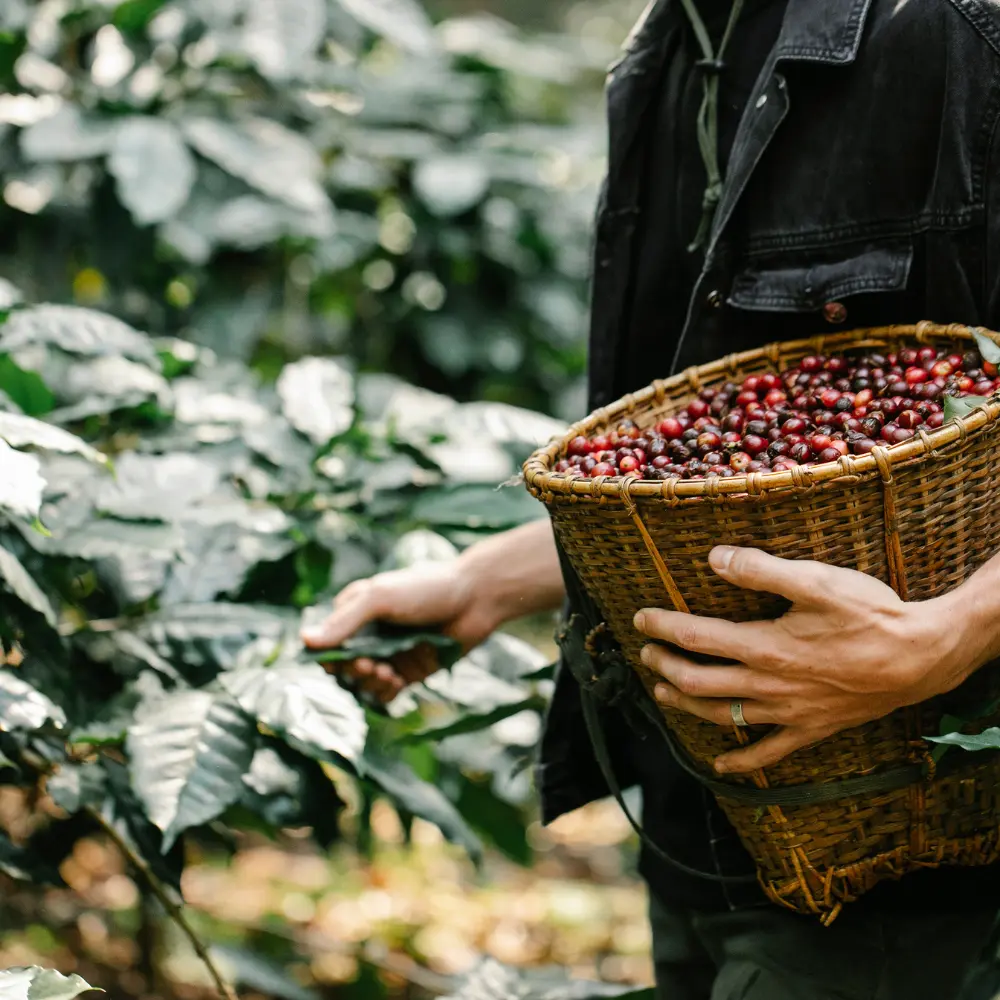
By choosing Torrefacto coffee produced with these ethical considerations in mind, consumers can play a crucial role in promoting a sustainable future for the coffee industry while still enjoying the unique flavors and traditions associated with this Spanish classic.
Innovations in Torrefacto Coffee Production
As the coffee industry continues to evolve, so too does the potential for innovation in Torrefacto coffee production. This includes advancements in roasting technology, which can help improve the consistency and quality of Torrefacto beans while preserving their signature caramelized flavor.
Moreover, research into the specific flavor compounds produced during the Torrefacto roasting process can help deepen our understanding of the science behind this unique method, potentially leading to new insights and techniques that can further enhance the Torrefacto coffee experience.
By embracing these innovations and remaining committed to the principles of sustainability, and ethical sourcing, the future of Torrefacto coffee looks bright, ensuring that this bold and captivating Spanish classic will continue to delight and inspire coffee lovers for generations to come.
Conclusion
In conclusion, Torrefacto coffee signifies a distinctive and captivating facet of Spanish coffee culture that has enraptured the hearts of coffee aficionados across the globe. From its fascinating history and unique roasting process to its bold flavor profile and expanding worldwide influence, this coffee provides a genuinely exceptional coffee experience. By comprehending the intricacies of Torrefacto production, brewing techniques, and health considerations, you can wholly cherish the complexity and charm of this Spanish classic.
As the future of this coffee unfolds, embracing novel advancements in production, endorsing sustainability and ethical practices, and preserving its cultural heritage will ensure that this treasured tradition endures. Whether you’re a devoted admirer or a curious newcomer, immersing yourself in the world of Torrefacto unlocks the gateway to a profound admiration of the immense and diverse realm of global coffee culture. Therefore, raise a cup of this bold, caramelized brew and propose a toast to the lasting legacy of Torrefacto coffee.
FAQ
How do the different levels of sugar coating affect the taste of Torrefacto coffee?
Different levels of sugar coating affect the taste of this coffee by altering the balance between sweetness and bitterness, with higher sugar content leading to a sweeter and less bitter flavor.
Is Torrefacto coffee suitable for people with dietary restrictions or health concerns?
This coffee can be suitable for people with dietary restrictions or health concerns when consumed in moderation, but those who need to limit sugar or caffeine intake should be cautious and consult a healthcare professional if needed.
How does the roasting process differ between artisan and industrial Torrefacto production?
The primary difference between artisan and industrial Torrefacto production is the level of control and attention given to the roasting process, with artisan methods typically involving smaller batches and more precise temperature regulation to ensure consistent caramelization.
What are the primary factors to consider when pairing Torrefacto with food or desserts?
When pairing this coffee with food or desserts, consider the coffee's bold, slightly bitter flavor profile and the complementary flavors, textures, and sweetness levels of the accompanying dishes to create a harmonious and balanced pairing.













